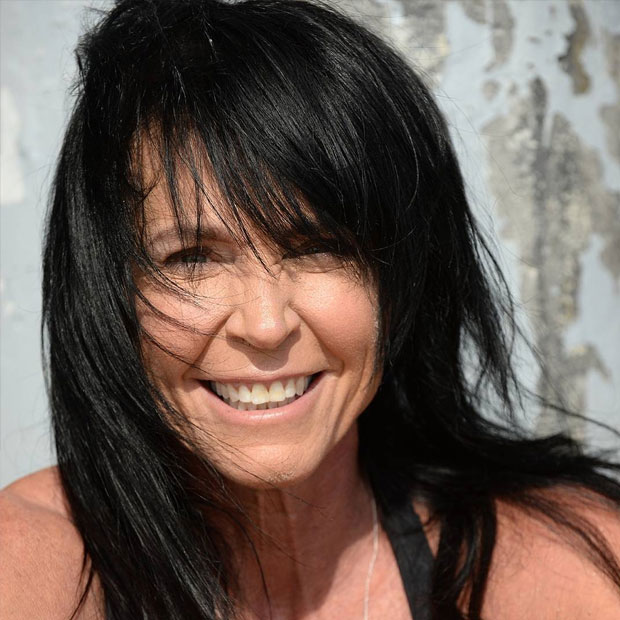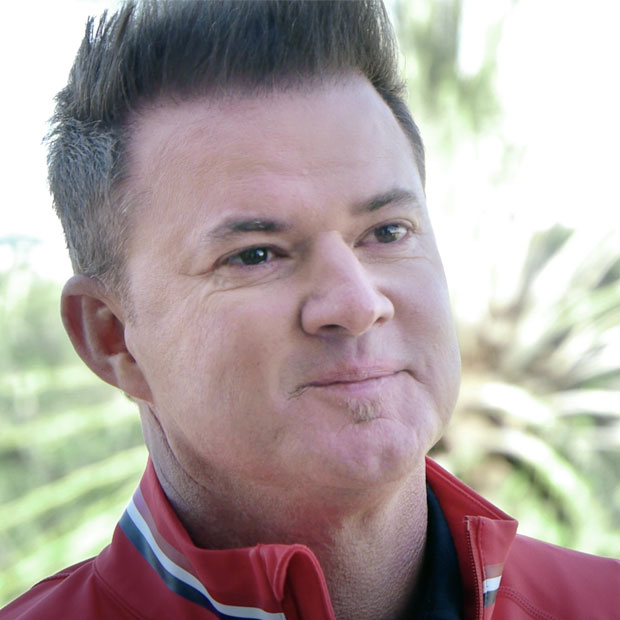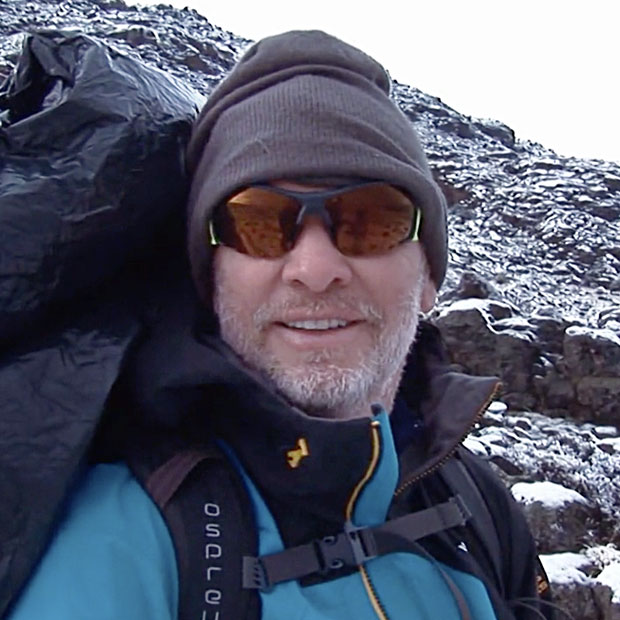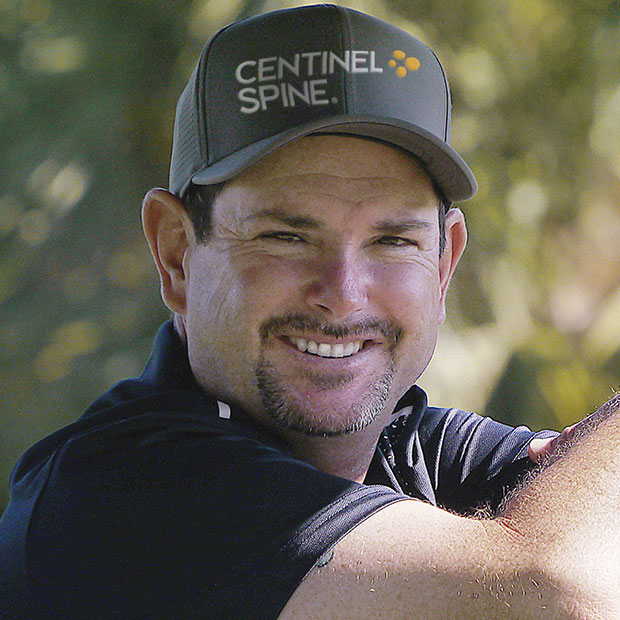Life Before prodisc:
After 10 years of working with surgeons throughout Europe supporting total disc replacement cases, Julian fell down in the operating room (OR) after attending one of these procedures—experiencing stabbing back pain as he took off his x-ray protective lead.
 Earlier in his life there were already signs of trouble. Julian has had intermittent back pain since playing sports in college. Julian grew up in an active family in Europe and was an avid tennis player. Choosing to further his tennis career, he continued playing competitively at Auburn University in the United States. As time went on, he achieved “World-ranked” status but was challenged now and then with the typical intermittent shoulder and back pains commensurate with this level of competition.
Earlier in his life there were already signs of trouble. Julian has had intermittent back pain since playing sports in college. Julian grew up in an active family in Europe and was an avid tennis player. Choosing to further his tennis career, he continued playing competitively at Auburn University in the United States. As time went on, he achieved “World-ranked” status but was challenged now and then with the typical intermittent shoulder and back pains commensurate with this level of competition.
After college, Julian chose to return to Europe, hanging up his tennis racket and taking up a profession supporting a medical device company that manufactures total disc replacements. This led Julian to have an opportunity to develop his knowledge of the spine and build a career in sales.
Along the way, Julian got married and had a child. But occasionally, his competitive time in tennis came back to haunt him—causing stiffness and pain. He most often experienced discomfort when getting out of the car after long trips, limiting his ability to live an active life with his growing family and affecting his ability to be successful in his job. The simple prospect of gassing up his vehicle and walking a few hundred meters to pay after a few hours traveling had become one of many obstacles brought on by Julian’s back condition.
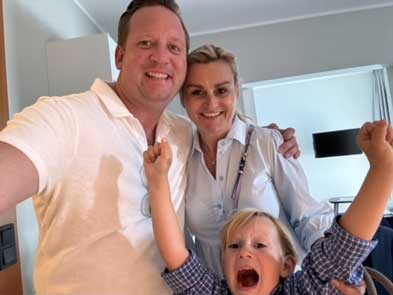 Eventually, he joined Centinel Spine, a global leader in total disc replacement, where he was exposed to more well-known spine surgeons from around the world. He would ask these highly accomplished spine surgeons why he had intermittent pain, but none were able to provide a definitive answer.
Eventually, he joined Centinel Spine, a global leader in total disc replacement, where he was exposed to more well-known spine surgeons from around the world. He would ask these highly accomplished spine surgeons why he had intermittent pain, but none were able to provide a definitive answer.
Then came his fall in the OR. The operating surgeon he was supporting that day had him taken for an immediate MRI and explained that his MRI showed that he was a candidate for total disc replacement. Given Julian’s knowledge of the spine, he now needed to determine the best course of action for himself.
For the following six months, Julian kept working—using non-surgical treatment methods to manage his condition (such as injections and other non-surgical treatments). Throughout this time, he continued asking all of the surgeons he met about his back. Some surgeons who were focused on spinal fusion treatments told him this type of procedure was the best solution. However, other surgeons who were oriented towards motion-preservation felt total disc replacement was the best solution, given his youth and active lifestyle.
First, Julian made the decision to pursue a procedure that utilized an anterior, or frontal, approach. Next, he needed to determine the surgeon to conduct the procedure. The last step was for the selected surgeon to determine the best procedure (disc replacement versus fusion) to benefit Julian.
Life After prodisc:
Ultimately, Julian selected the surgeon to conduct his procedure based upon his doctor’s experience with the anterior approach to the spine—having conducted thousands of anterior approach spinal procedures. Julian felt that this knowledgebase would help the surgeon to successfully manage any unexpected circumstances during the procedure.
In Germany, where the surgery was performed, it is typical for disc replacement patients to stay in the hospital for several days. Some lumbar total disc replacement patients even follow their surgery with a customized physical therapy designed specifically for disc replacement patients. Such was the case with Julian.
However, within six hours after the procedure, Julian was already on his feet—walking with assistance. During his recovery, he experienced incisional pain, but no back pain. After attending a four-week course of physical therapy, Julian was ready to begin his life anew. He was back to work at his job within 3 months of the surgery.
“After the procedure, I’m back to the gym, and I’ve lost 12 kilos. I’m not back to tennis just yet, that wasn’t the goal, but I’m getting other exercise to meet my goals.”
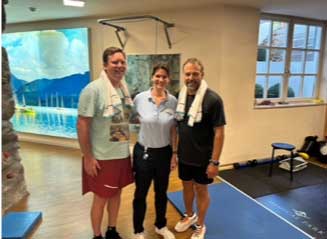 By eight months after the operation, he lost 12 kilos (26 pounds) and he regularly went to the gym. These days he walks 3 miles, three times a week, and has not had any pain. Julian’s only regret is that he wished that he had the total disc replacement surgery sooner. He believes that he spent unnecessary months in pain—wasting precious time—when he could have gone straight to having a disc replacement.*
By eight months after the operation, he lost 12 kilos (26 pounds) and he regularly went to the gym. These days he walks 3 miles, three times a week, and has not had any pain. Julian’s only regret is that he wished that he had the total disc replacement surgery sooner. He believes that he spent unnecessary months in pain—wasting precious time—when he could have gone straight to having a disc replacement.*
*Caution: Non-surgical treatments are an essential part of a comprehensive care plan to achieve the best possible outcomes. Always follow the recommendations of your healthcare professional to determine the most appropriate treatment for your condition.
Important Note: The patient information presented is for general education purposes only. As with any spine surgery, there are potential benefits, complications, and risks associated with disc replacement procedures. Individual results may vary. It is important that you discuss the possible risks and potential benefits of various procedures with your doctor prior to receiving treatment, and that you rely on your physician’s best judgment. Only your doctor can determine whether you are a suitable candidate for a specific surgical procedure.
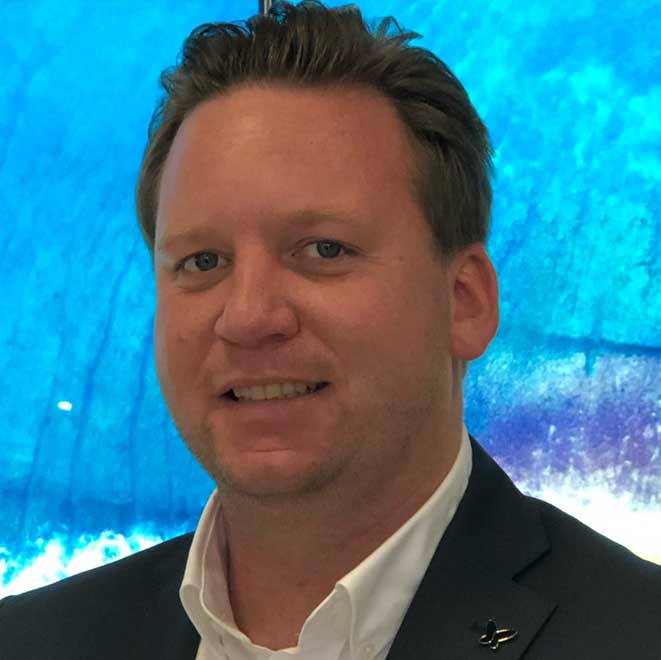
![]() I only wish that I had considered disc replacement sooner – I spent months in uncontrollable pain as a result.
I only wish that I had considered disc replacement sooner – I spent months in uncontrollable pain as a result. Earlier in his life there were already signs of trouble. Julian has had intermittent back pain since playing sports in college. Julian grew up in an active family in Europe and was an avid tennis player. Choosing to further his tennis career, he continued playing competitively at Auburn University in the United States. As time went on, he achieved “World-ranked” status but was challenged now and then with the typical intermittent shoulder and back pains commensurate with this level of competition.
Earlier in his life there were already signs of trouble. Julian has had intermittent back pain since playing sports in college. Julian grew up in an active family in Europe and was an avid tennis player. Choosing to further his tennis career, he continued playing competitively at Auburn University in the United States. As time went on, he achieved “World-ranked” status but was challenged now and then with the typical intermittent shoulder and back pains commensurate with this level of competition. Eventually, he joined Centinel Spine, a global leader in total disc replacement, where he was exposed to more well-known spine surgeons from around the world. He would ask these highly accomplished spine surgeons why he had intermittent pain, but none were able to provide a definitive answer.
Eventually, he joined Centinel Spine, a global leader in total disc replacement, where he was exposed to more well-known spine surgeons from around the world. He would ask these highly accomplished spine surgeons why he had intermittent pain, but none were able to provide a definitive answer. By eight months after the operation, he lost 12 kilos (26 pounds) and he regularly went to the gym. These days he walks 3 miles, three times a week, and has not had any pain. Julian’s only regret is that he wished that he had the total disc replacement surgery sooner. He believes that he spent unnecessary months in pain—wasting precious time—when he could have gone straight to having a disc replacement.*
By eight months after the operation, he lost 12 kilos (26 pounds) and he regularly went to the gym. These days he walks 3 miles, three times a week, and has not had any pain. Julian’s only regret is that he wished that he had the total disc replacement surgery sooner. He believes that he spent unnecessary months in pain—wasting precious time—when he could have gone straight to having a disc replacement.*